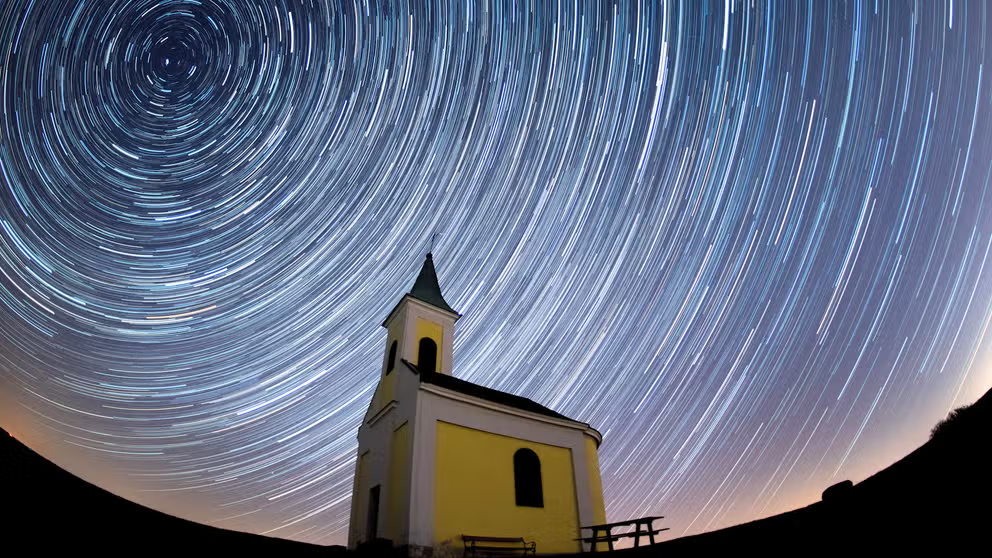Eta Aquarid meteor shower 2023: How and when to see the peak
The Eta Aquarids will be active until May 27, but they will peak on the night of May 4 for only a few hours.
Meteor showers explained: what to know and how to watch
We call them shooting stars, but it's actually meteors that create dazzling streaks of light across our night sky.
Every spring, stargazers are able to see the Eta Aquarid meteor shower.
The meteor shower occurs when the Earth passes through a dusty trail of space debris left behind by comet 1P/Halley, perhaps the most famous comet, according to NASA.
Earth passes through dust grains from Halley’s path twice a year to create two meteor shower events – the Orionids in October and the Eta Aquarids in May.
The Eta Aquarids will be active until May 27, but they will peak on the night of May 4 for only a few hours.
When to watch the Eta Aquarids

An Eta Aquarid meteor streaks over north Georgia on April 29, 2012.
(NASA / NASA)
The Eta Aquarid meteor shower will peak on the night of May 4 and into the early morning hours of May 5. The meteors will be best viewed during the pre-dawn hours, specifically.
LOOK OUT FOR THESE ASTRONOMICAL EVENTS IN MAY
NASA said folks in the Southern Hemisphere will have the best view of the Eta Aquarids, with the potential to see up to about 30 meteors streaking across the sky per hour.
In contrast, residents in the Northern Hemisphere may see about 10 meteors per hour.
Where to watch the Eta Aquarids
In the United States, many residents will have to fight cloud cover to see the Eta Aquarids.
Americans in Seattle, Los Angeles, Atlanta and New York will have between 86% and 100% cloud cover Thursday night.
Others will have nothing but clear skies. Residents in El Paso, Texas, Bismarck, North Dakota and Chicago are expecting crystal clear skies Thursday night.
How to watch the Eta Aquarids

People lie on the ground to watch a meteor shower in Spain. 2020.
(Miguel Pereira / Getty Images)
Residents in the Southern Hemisphere will be able to see the Eta Aquarids high in the sky.
Those in the Northern Hemisphere, however, will need to look closer to the horizon to see the Eta Aquarid meteor shower. According to NASA, the Eta Aquarids are often seen as "Earthgazers," as they are long meteors that appear to graze the surface of the Earth at the horizon.
HOW THE TELESCOPE BECAME OUR WINDOW INTO THE UNIVERSE
To view the meteor shower, Earthgazers and stargazers alike should find a dark sky, lie flat on their back and look straight up after giving their eyes about 30 minutes to adjust to the darkness.
Speaking of darkness, lead for NASA’s Meteoroid Environment Office William Cooke advises not looking at cellphones while watching the meteor shower.
Why the Eta Aquarids are different from other meteor showers
The Eta Aquarids are named after the point in the sky where the meteor showers appear to come from, the constellation Aquarius.
While the constellation is not the true source of the meteor showers, it helps orient stargazers as they look to the infinite sky to try to find the Eta Aquarids.


